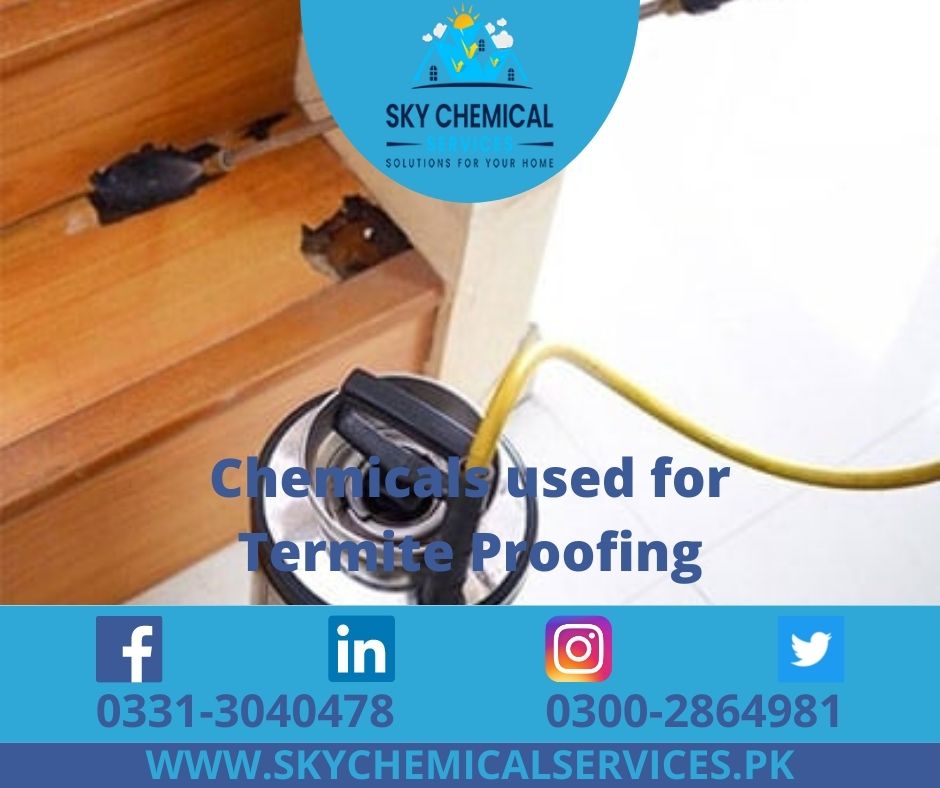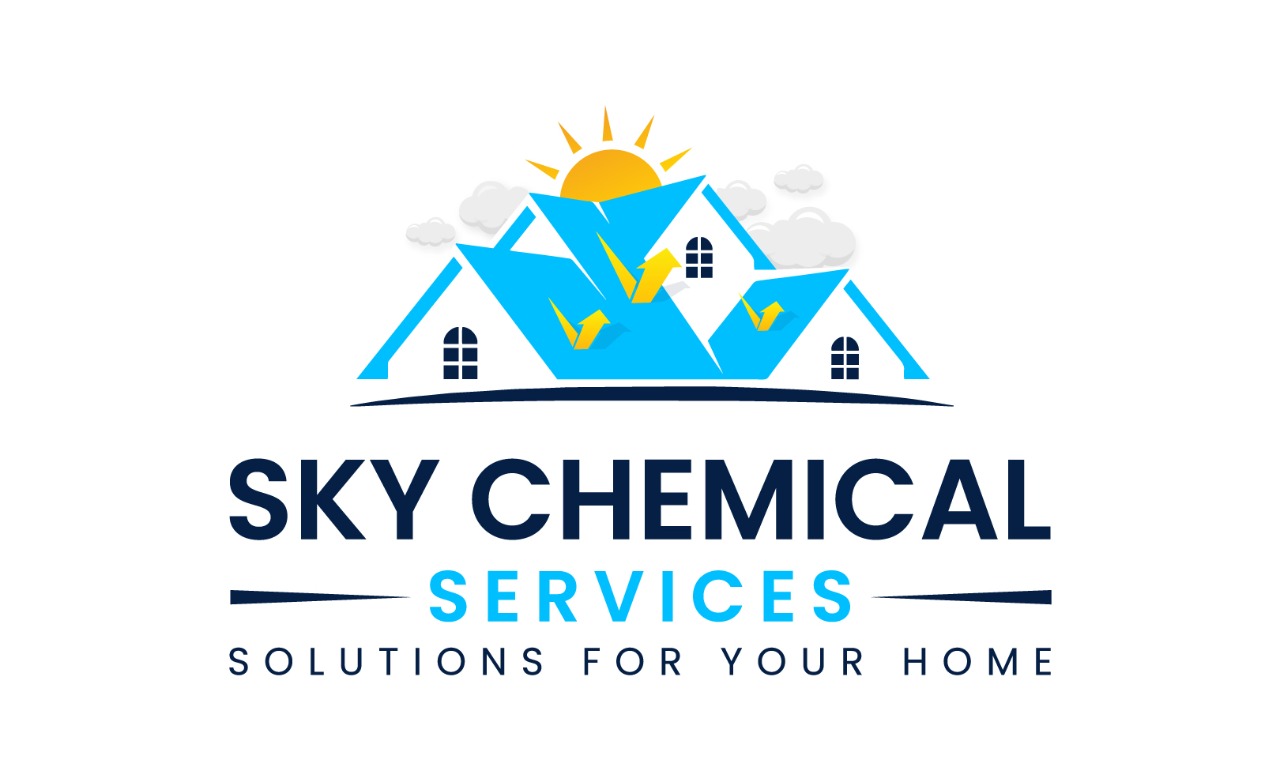
Termite proofing like to reside in areas where they can hide and are difficult to reach. To get rid of them, you’ll need to come into touch with chemicals, and if you don’t know how to handle them or don’t have the right equipment, you might end up in danger. If enough pesticides are absorbed via the skin, breathed, or ingested, they can all be poisonous to people, and some can also be mildly irritating to the skin and eyes.
Termite Proofing:
If you uncover tunnels beneath or over your foundation walls, support piers, floor joists, or have wooden things in your home, there’s a good chance there’s a termite colony nearby. Termite management is difficult to achieve on your own; eradicating a home of these critters necessitates specialized knowledge and equipment. Knowing how to build might aid in determining the important regions where termites are most likely to infiltrate.
Chemicals used for Termite Extermination
Arsenic trioxide, often known as Arsenious Oxide or White Arsenic, is a type of compound that can handle pest management and other fields. Instead of termite control, it’s used to preserve wood, as herbicides, and even as chemotherapy medication.
This chemical is a white powder that is heavy, odorless, and tasteless, and is only slightly soluble in water. If ingested, it is extremely harmful to animals and insects, and it is even more dangerous when finely milled rather than the coarser commercial quality. The primary dangers to users are either penetration through skin wounds or inhalation of floating dust. If skin contamination occurs often, some users may develop dermatitis. It should not be used as a soil treatment.
Bifenthrin is used for pre-construction barrier treatments in buildings and homes and also for perimeter barrier treatments around existing buildings. It’s a pyrethroid insecticide that’s been synthesized into three different concentrations. The percentages of these chemicals are 0.1 percent, 0.05 percent, and 0.25 percent. Each of these rates provides varying levels of protection, ranging from at least 10 years to at least 3 years. Humans are classed as having a medium to high toxicity to bifenthrin.
Permethrin is a pyrethroid insecticide (synthetic chemical that remains effective for longer periods of time). It is only approved for the control of active termite proofing in trees and stumps for the destruction of nests. Pretreatments, post-construction treatments, and foam applications are often employed for subterranean termite management. Human toxicity is low to medium for this product.
Fipronil is frequently used as a broad-spectrum insecticide. It belongs to the phenylpyrazole family of insecticides and is particularly effective. It is only used to form a barrier around existing structures. Termites are drawn to the chemical, where they perish via a combination of chemical effects and infection by fungus and other soil microbes. In humans, fipronil has a mild to moderate toxicity.
Imidacloprid is a systemic pesticide that targets insects’ central nervous systems and belongs to the neonicotinoid family of insecticides. Because imidacloprid binds to insect neuron receptors considerably more strongly than it does to mammalian receptors, it is more deadly to insects. It has a low-to-moderate toxicity in humans. Ensure termite proofing for lasting protection. Trusted solutions to safeguard your property.
Conclusion
The chemicals mentioned above have a variety of uses and are effective for long periods of time. They are less toxic than others and have the ability to form barriers around structures. Termites proofing are exterminated easily with only a few sprays; in addition, the chemicals can also reduce fungus and soil microbes from the area.
If you want to know more about our services, visit (https://skychemicalservices.pk/)
